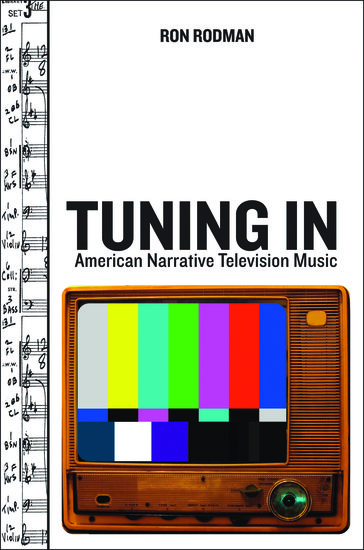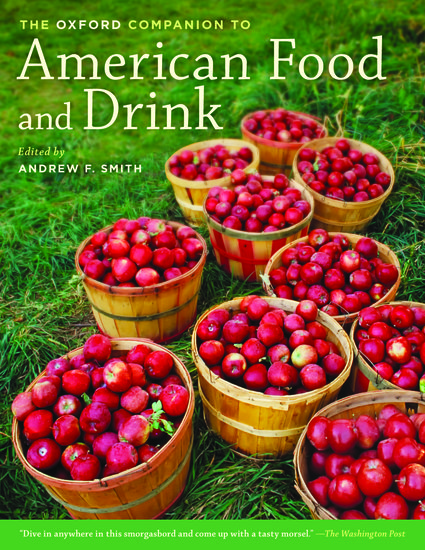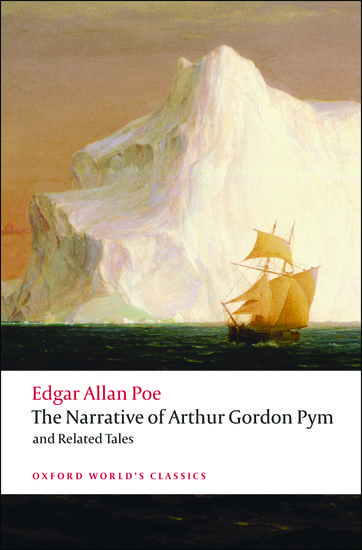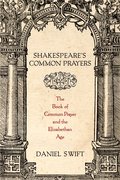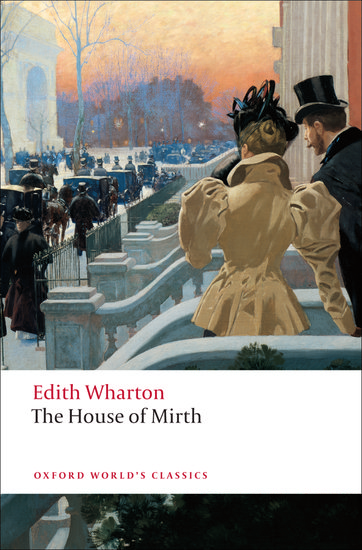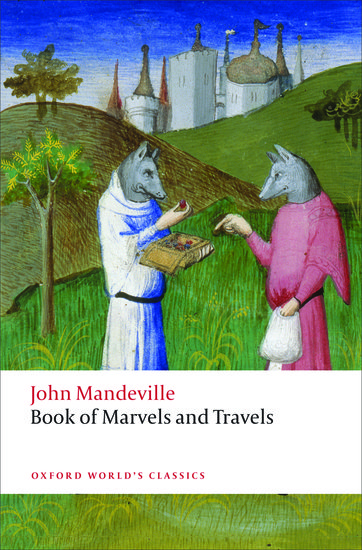Buddhism or Buddhisms? Lexical consequences of geo-political categories
By Richard Payne
In a previous post, we argued that the geo-political categories commonly employed in both popular and academic representations of Buddhism are problematic. The problems were grouped into rhetorical and lexical; the rhetorical consequences having been considered there, we now turn to the lexical. Specifically, the lexical distinction between mass nouns and count nouns clarifies how thinking about the subject of study logically (and implicitly) follow from ways of talking about that subject.


